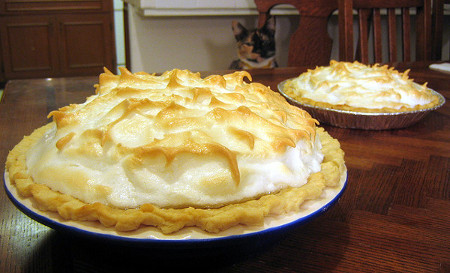With the announcement of the 2016 Nobel Prizes this week, I’ve been reflecting back on my experiences at the 2015 Lindau Laureate Nobel Meeting. These meetings are held every year and “are designed to activate the exchange of knowledge, ideas, and experience between and among Nobel Laureates and young scientists.”
Although I was skeptical going in, attending the meeting gave me a lot of food for thought. This past summer (one year later), being interviewed by a reporter for the Süddeutsche Zeitung gave me the chance to process and articulate some of that.
However, the interview was in English, and print newspapers have space constraints. Hence, for the resulting article (which published back in June), my answers to the interview questions had to be a.) severely abridged, and b.) translated into German. Therefore, I thought it might be worthwhile to post my original*, long-form responses here.
* with some links added and a few typos corrected
Continue reading

 So is my cat. That is, she is a fan of pies, especially those with meringue on top. I don’t know how she feels about the number pi.
So is my cat. That is, she is a fan of pies, especially those with meringue on top. I don’t know how she feels about the number pi.